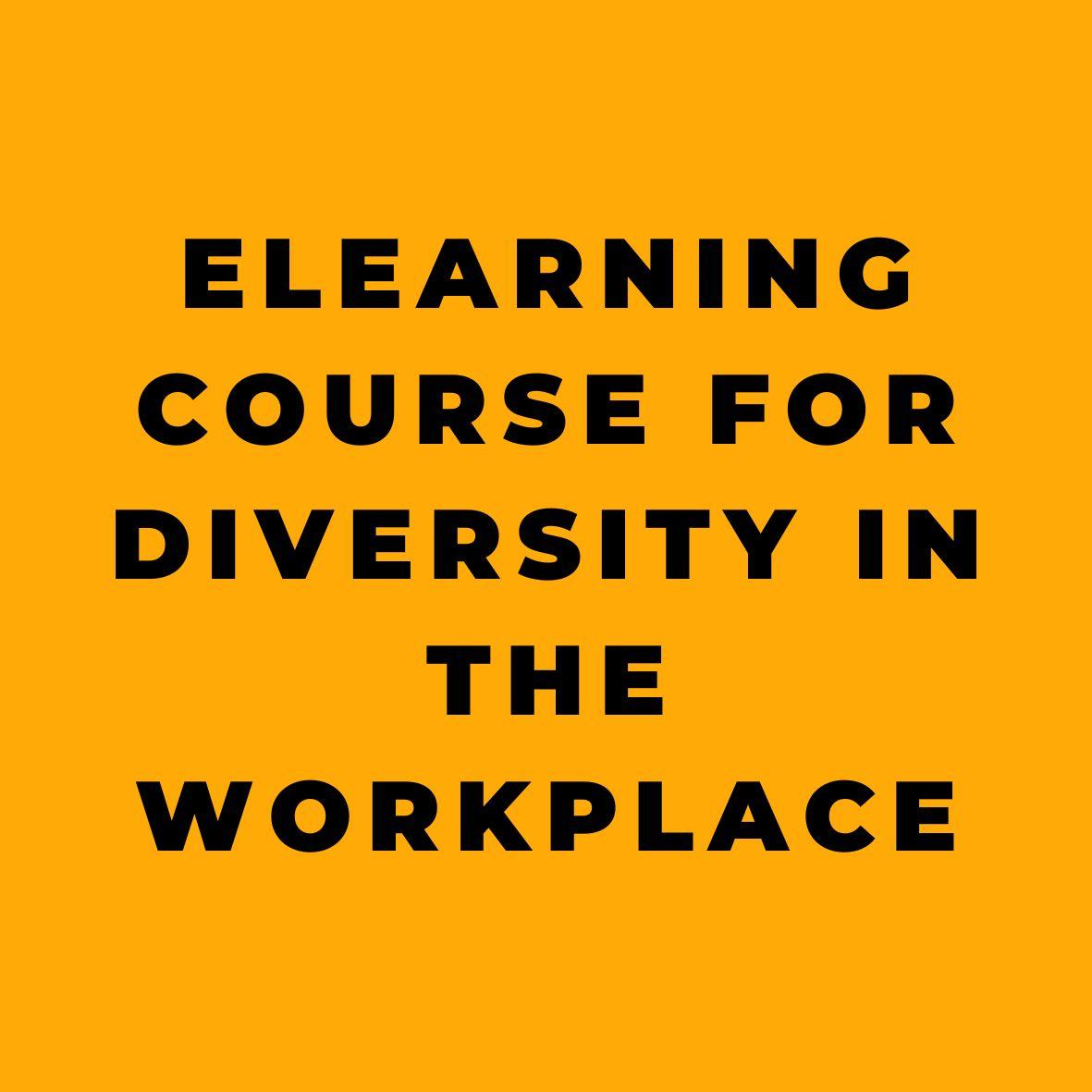Our world has been steadily growing smaller since the mid-1900s, thanks to advances in transportation, communication, and technology. As a result, we now live and work somewhere different from where we grew up. In today’s workplace, we see a great variety in our coworkers, including men and women of all descriptions, different ages, races, faiths, sexual orientations, and the unique features that make us who we are. This “variety” among people is called “diversity”.
Embracing diversity can lead to significant benefits, both for people and the companies they work for. But being uncomfortable with diversity can result in real problems. Knowing that, it’s important to recognize and understand any stereotypes and biases that you might have regarding your coworkers. One way to approach this is to consider things that you think you “know” about someone because they seem to fit into a particular group or “category”. Once you identify these preconceptions, you can work on overcoming any stereotypes and biases you’ve attached to them. The next step is to replace any biased assumptions with a real understanding of the people you work with.
Diversity is an important topic these days because our society is more diverse than it has ever been. For instance, in the United States, white people used to make up 75% of the population, but today more than 30% of us are persons of color. Age demographics are changing as well, and our lifestyles have diversified, with increasing numbers of people now identifying themselves as gay, lesbian or transgender. In truth, any group of “Americans” that you might encounter is likely to include people of many backgrounds, who live, dress, think, speak, eat, worship, work and play differently from one another.
While a diverse workforce can bring significant benefits to today’s workplace, it’s not always easy for people to adjust to the change. All too often, traits such as “stereotyping”, “bias” and “discrimination” can interfere with how we relate to our coworkers. Stereotyping leads us to make assumptions and jump to conclusions about people because they seem to fit into a certain “category” or belong to a particular “group”. The combination of stereotyping and biases can lead us to treat people in unfair and prejudicial ways, to “discriminate” against others. Discrimination in a workplace can have a number of adverse effects, including lowering morale, stifling teamwork, reducing productivity, and creating a hostile work environment that drives good employees out of a company.
For a workplace to function smoothly and most productively, we all need to accept each other’s differences, ages, appearances, lifestyles, languages, and all of our individual attributes. There are a number of “good diversity practices” that you can follow to help with this. One of them is encouraging a free exchange of everyone’s ideas and opinions. This not only builds teamwork but also establishes mutual respect. An inclusive workplace can increase employee morale and job satisfaction for everyone. So, let’s make a personal commitment to support diversity in our workplace, and help to build a respectful and inclusive workplace for everyone in our company… every day!
In today’s diverse workforce, companies and employees alike face both benefits and challenges. While embracing diversity can lead to increased creativity, problem-solving skills, and productivity, obstacles like stereotyping, bias, and discrimination can hinder progress. That’s why our “Diversity in the Workplace… for Employees” products are designed to help employees understand diversity, overcome obstacles, and encourage inclusivity in the workplace.
Topics covered in these products range from defining diversity to building diversity skills, including a focus on the benefits of a diverse workplace and how stereotyping, bias, and discrimination can prevent employees from accepting diversity. These products are available in multiple formats, including online and VOD training, DVD and CD courses, and kits, booklets, and posters. The microlearning curriculum includes four 3-5 minute courses on key topics.
Our online interactive courses are designed to keep employees engaged and involved in the learning process, with full-motion HD video filmed in real-life workplace settings and interactive quiz questions. One of the best features of these courses is the incorporation of remediation training, allowing trainees who miss a quiz question to review the relevant content and reduce training time.
All training activity is tracked and recorded, making it easy for managers to monitor their employees’ progress. We offer a range of online safety courses, including adaptive learning courses, micro-learning courses, full-length interactive courses, and video streaming (VOD) courses, covering topics like regulatory compliance, human resources, and general safety. With over 170 courses available, employees can improve their skills and knowledge to create a safer and more inclusive workplace.










